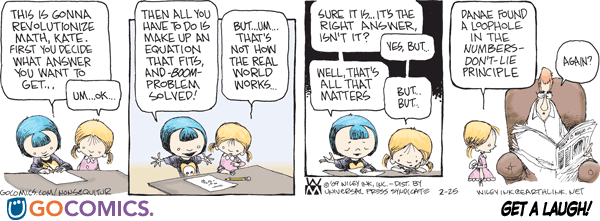
Generally I am a proponent of graphs and tables. I think that when presenting data in due diligence or collateral examination reports, graphs and tables present it in a pure and unbiased state.
Pure data is the best way to underscore a point or opinion. For example, if after performing test counts an examiner determines that there is a need for a reserve due to large negative variances, a table that shows this will only help support this position. A table that is formatted and presented efficiently will help the reader understand the issue quickly and easily. Continue reading



